INTRODUCING

HUMAN ADULT PRIMARY CARDIOMYOCYTES FOR TRANSLATIONAL RESEARCH & DRUG DISCOVERY
AnaBios is proud to announce MyoPRIME™, the first commercially available live human adult primary cardiomyocytes for cardiovascular preclinical drug discovery. We utilize proprietary technology to minimize ischemic injury in human heart tissue during the recovery process and during reperfusion. This ensures superior quality and biological viability for use in cardiovascular functional assays, i.e. CardioPRIME™. MyoPRIME™ cardiomyocytes are characterized by distinct rod-shaped morphology and well-defined sarcomeric striations. Our cardiomyocytes provide precise control and manipulation capabilities for various research applications, including cardiac physiology and disease modeling.
Features:
- AnaBios utilizes proprietary technology that lessens cellular ischemic breakdown, preserving RNA integrity and improving tissue sample quality. This same process allows AnaBios to conduct physiological assays with live primary adult cardiomyocytes, including CardioPRIME, which has been extensively validated (click here to view Publications).
- MyoPRIME™ cardiomyocytes are shipped in vials of approximately 200,000 cells each to laboratories around the world for cardiovascular research. Cells are viable 3-5 days after arrival.
- MyoRPIME™ cardiomyocytes can be utilized in bright field and calcium imaging experiments, as well as patch clamp assays (i.e., action potential current clamp recordings)
- For physiology assays, the cardiomyocytes must be paced to beat (as in the human heart).
Benefits:
- AnaBios human primary cardiomyocytes arrive in your laboratory ready to use for experiments with minimal preparation required; no long-term culturing needed.
- AnaBios provides protocols to help facilitate use of the cells in physiological and biochemistry assays.
- With our superior quality cardiomyocytes, scientists can confidently advance their understanding of heart disease, leading to the development of new treatments and improved patient outcomes.
DOWNLOAD MYOPRIME™ BROCHURE
To download our human cardiomyocyte brochure, please complete the form below and click the “Submit” button.
*By clicking on the “Submit” button above, you are agreeing to AnaBios’ privacy policy.
Video of air-shipped isolated adult human primary cardiomyocytes contracting at a pacing frequency of 1 Hz.
PUBLISHED VALIDATION DATA fOR HUMAN PRIMARY CARDIOMYOCYTES
Figure 1. Comparison of human & dog ventricular cardiomyocytes
Figure 1 (left) depicts baseline sarcomere shortening and calcium transients in isolated human and dog ventricular myocytes. Left: Superimposed averaged sarcomere shortening waveforms of human (black) and dog (red) myocytes. Right: Superimposed average calcium transient ratio of human (black) and dog (red) myocytes. Data shown are mean ± SE. (N =143 human myocytes isolated from 15 donor hearts and 87 dog myocytes from 5 dog hearts). For this study, human primary cardiomyocytes were shipped via ground transportation. Data and figure from B. Gao, N. Abi-Gerges, K. Truong, A. Stafford, et al (2022).
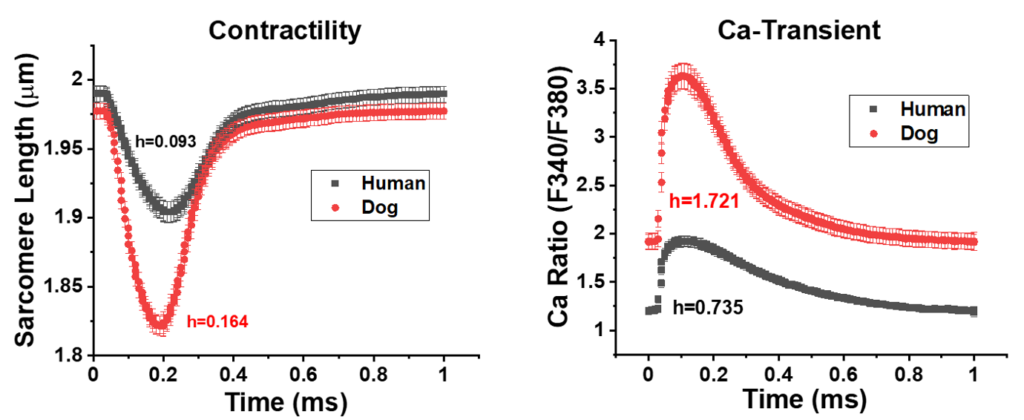
Figure 2. No Difference Between Shipped & Controlled Cells
In Figure 2 (right), no signficant difference is observed in baseline sarcomere shortening (A: 8 control and 13 shipped cells) in responses to verapamil, a Ca2+ channel inhibitor (B: 6 control and 8 shipped cells), isoproterenol, an adrenoceptor agonist (C: 7 control and 6 shipped cells ) and milrinone, a PDE3 inhibitor (D: 7 control and 10 shipped cells), between shipped and control cardiomyocytes.
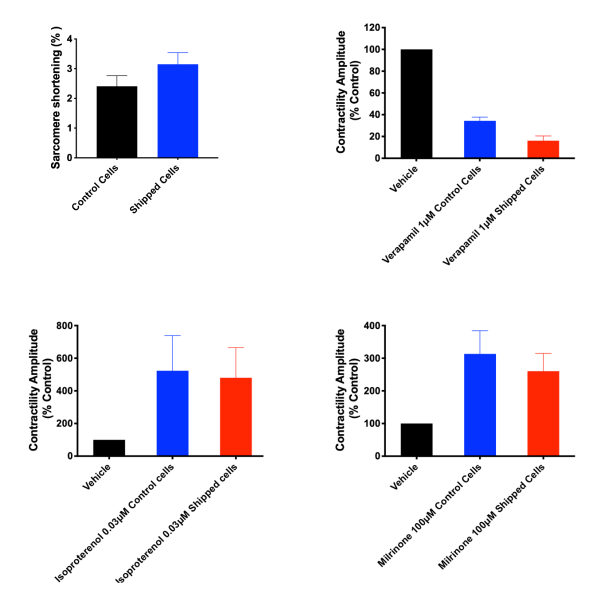
Figure 3. Shipped Cardiomyocytes Retain Quality
In Figure 3 (left), Isolated adult human primary cardiomyocytes were air-shipped from AnaBios’ laboratory in Philadelphia to San Diego–more than 2,600 miles. They were found to be Ca2+-tolerant, retained rod-shaped morphology and exhibited cross striations.
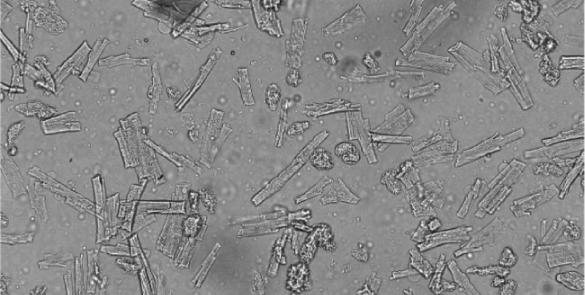
Figure 4. Air-Shipped Cardiomyocytes Retain Rod-Shaped Morphology
In both Figure 4 videos above, air-shipped isolated adult human primary cardiomyocytes from AnaBios Philadelphia laboratory to San Diego were found to be Ca2+-tolerant, retain rod-shaped morphology and exhibit cross striations.
Figure 5. Action Potentials
In Figure 5 (right), the graph shows action potentials recorded from human primary adult cardiomyocytes air-shipped to France. The pacing rate was 1 Hz in the presence of vehicle control and after exposure to dofetilide (black and red traces, respectively). Recording done by Physiostim.

Figure 6. Typical Verapamil Experiment
Figure 6 (left) depicts typical non-fitted averaged contractility transients recorded from an adult human primary ventricular myocyte in the presence of a vehicle control and after exposure to verapamil at 0.01, 0.1, 1, and 10μM (0.2-, 2-,22-, and 222-fold the fETPC, respectively) at a pacing frequency of 1Hz.
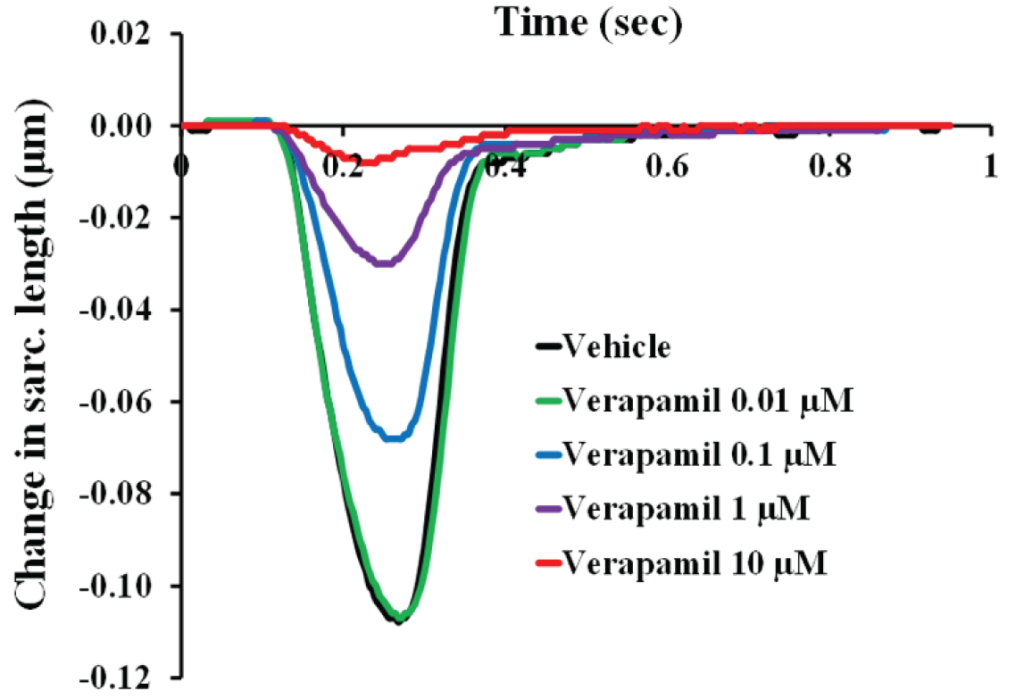
PUBLICATIONS
Cardiotoxic Potential of Hydroxychloroquine, Chloroquine and Azithromycin in Adult Human Primary Cardiomyocytes
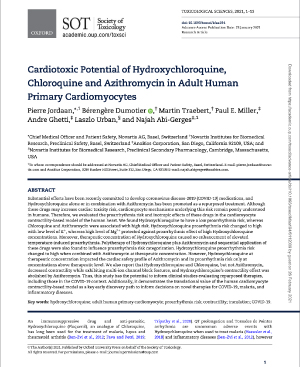
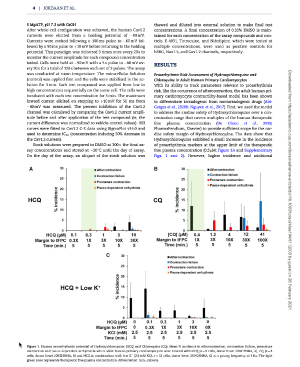
This paper evaluates the pro-arrhythmia risk and inotropic effects of Hydroxychloroquine, Chloroquine and Azithromycin in the cardiomyocyte contractility-based model of the human heart due to their proposed repurposed use to treat COVID-19. The study conclusion has the potential to inform clinical studies evaluating repurposed therapies and demonstrates the translational value of human cardiomyocyte contractility-based model for novel COVID-19 therapies.
PUBLICATION: Society of Toxicology (2021)
AUTHORS: Pierre Jordaan, Berenge`re Dumotier, Martin Traebert, Paul E. Miller, Andre Ghetti, Laszlo Urban and Najah Abi-Gerges
Multiparametric Mechanistic Profling of Inotropic Drugs in Adult Human Primary Cardiomyocytes
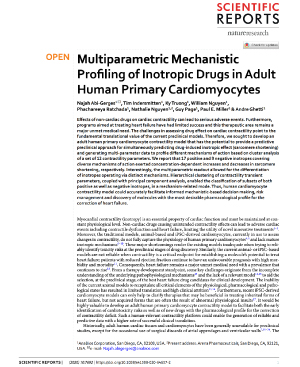

To combat challenges in assessing drug effects on cardiac contractility, the development of an adult primary cardiomyocyte contractility model that has the potential to provide a predictive preclinical approach for simultaneously predicting drug-induced inotropic effect is needed. The contractility model used in this paper could accurately facilitate informed mechanistic-based decision making, risk management and discovery of molecules with the most desirable pharmacological profile for heart failure correction.
PUBLICATION: Scientific Reports (2020)
AUTHORS: Najah Abi-Gerges, Tim Indersmitten, KyTruong, William Nguyen, Phachareeya Ratchada, Nathalie Nguyen, Guy Page, Paul E. Miller & Andre Ghetti
Adult Human Primary Cardiomyocyte-Based Model for the Simultaneous Prediction of Drug-Induced Inotropic and Pro-arrhythmia Risk

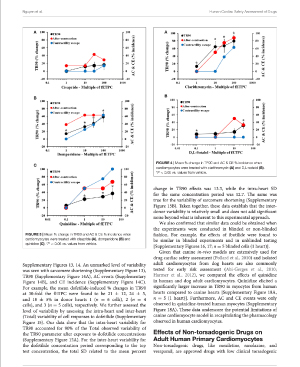
Cardiac safety remains the leading cause of drug development discontinuation. AnaBios has developed a human cardiomyocyte-based model that has the potential to provide a predictive preclinical approach for simultaneously predicting drug-induced inotropic and pro-arrhythmia risk.
PUBLICATION: Frontiers in Physiology (2017)
AUTHORS: Nathalie Nguyen, William Nguyen, Brynna Nguyenton, Phachareeya Ratchada, Guy Page, Paul E. Miller, Andre Ghetti and Najah Abi-Gerges
Assessment of Sarcomere Shortening & Calcium Transient in Primary Human & Dog Ventricular Myocytes
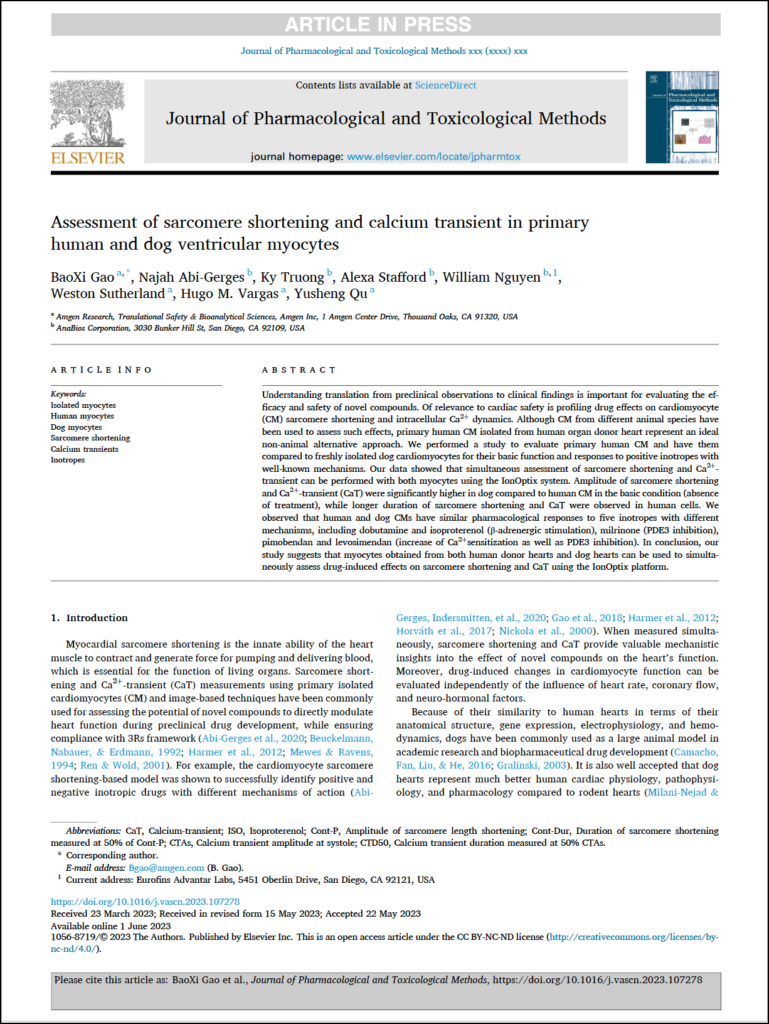

Cardiac safety remains the leading cause of drug development discontinuation. AnaBios has developed a human cardiomyocyte-based model that has the potential to provide a predictive preclinical approach for simultaneously predicting drug-induced inotropic and pro-arrhythmia risk.
PUBLICATION: Journal of Pharmacological & Toxicological Methods (2022)
AUTHORS: B. Gao, N. Abi-Gerges, K. Truong, A. Stafford, et al (2022).
Video Publication: Measurement of Heart Contractility in Isolated Adult Human Primary Cardiomyocytes
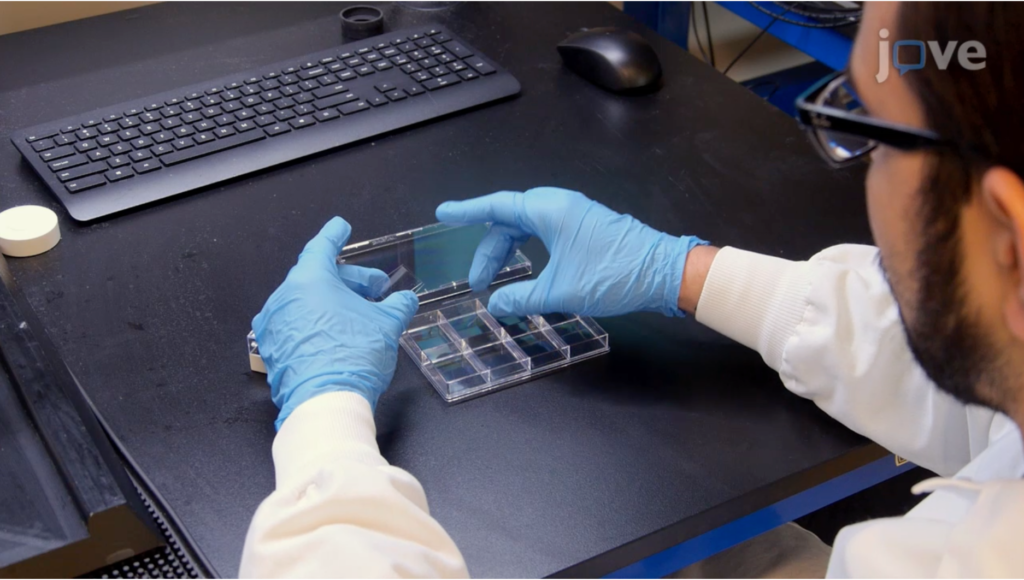
This protocol describes how to measure contractility in adult human primary cardiomyocytes from donor hearts with the MyoBLAZER system, a reliable platform for assessing drug-induced changes in contractility during preclinical development.
PUBLICATION: JoVE Journal of Medicine (2022)
AUTHORS: N. Abi-Gerges, A. Stafford, K. Truong, Y. Miron, B. Winrow, B. Krause, G. Page, A. Ghetti

HAVE MORE QUESTIONS?
CONTACT US
To inquire about products, services and pricing, please go to the ‘Contact Us’ page by clicking the button below.
INTRODUCING

